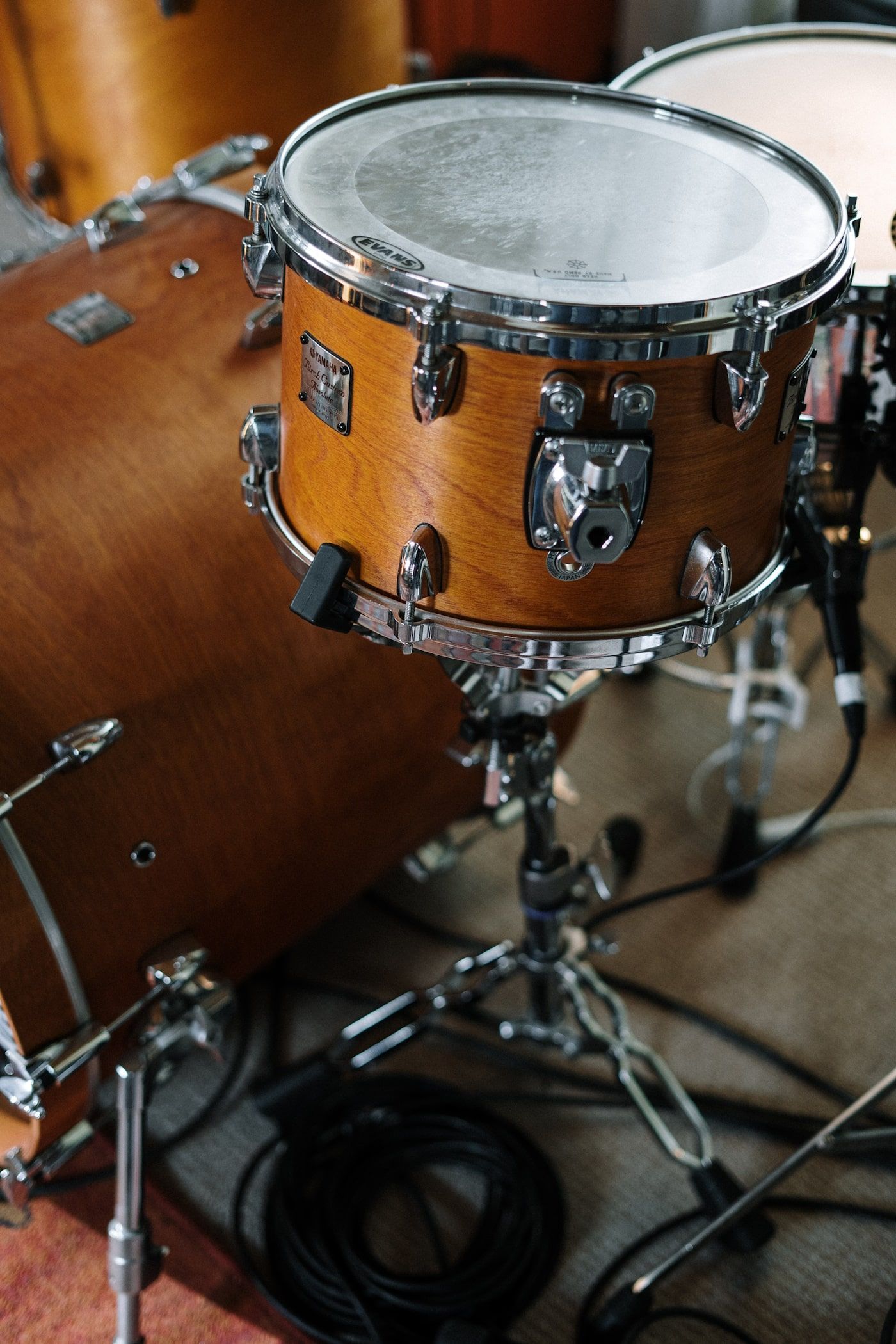When playing the drums, having the right drum set is essential. Whether you’re a beginner or an experienced drummer, selecting the appropriate drum set can greatly impact your playing experience and overall sound.
In this article, we will explore the key factors to consider when choosing a drum set that suits your needs and preferences.
Drum Set Types
Before diving into the selection process, it’s important to understand the two main types of drum sets: acoustic and electronic.
Acoustic Drum Sets
Acoustic drum sets are the traditional option consisting of real drums and cymbals. They offer an authentic, organic sound and are preferred by many drummers for their versatility and dynamic range.
Electronic Drum Sets
On the other hand, electronic drum sets utilize electronic pads and triggers to produce sound. They offer the advantage of silent practice, versatile sound options, and easy recording capabilities.
Consider your playing style, musical genre, and personal preferences to determine whether an acoustic or electronic drum set is the right choice for you.
Budget

Establishing a budget range is crucial when selecting a drum set. Drum sets are available at a wide range of prices, and having a budget in mind helps narrow down your options.
Consider whether you’re a beginner, intermediate, or professional drummer, as this can influence the investment required. Beginners can opt for more affordable entry-level sets, while professionals may consider higher-end options.
While it’s important to stick to your budget, remember that quality and durability are also key considerations. Investing in a slightly more expensive set that will last longer and provide better sound quality is better than settling for a cheap set that may need frequent repairs or upgrades.
Drum Sizes and Configurations
Drum sizes and configurations play a significant role in determining the sound and playability of a drum set. The sizes of the drums, such as the diameter and depth of the drums, impact the overall tone and projection.
Larger drums produce deeper, more resonant sounds, while smaller drums offer a tighter, punchier sound.
Standard drum configurations include the 4-piece, 5-piece, and 6-piece sets, typically consisting of a combination of bass drum, snare drum, tom-toms, and floor toms.
However, drummers can customize their configurations based on their musical style and personal preferences. Consider the specific sound you’re aiming for and the type of music you’ll be playing to determine the ideal drum sizes and configurations for your needs.
Drum Shell Materials

Drum shell materials significantly impact the overall sound characteristics of a drum set. The most common drum shell materials are wood, metal, and acrylic.
Wooden shells are popular for their warm, rich tones. Different types of wood, such as maple, birch, and mahogany, offer distinct sound characteristics. Maple provides a balanced, versatile sound, while birch offers enhanced projection and attack. Mahogany is known for its warm, deep tones.
Metal shells, typically made of steel or aluminum, produce brighter, more cutting tones with increased volume and sustain. They are often preferred in genres such as rock and metal.
Acrylic shells are less common but offer a unique visual appeal and a distinctive, focused sound with a pronounced attack.
Consider the genre of music you’ll be playing and the specific tonal qualities you desire to choose the appropriate shell material that complements your musical style.
Hardware and Accessories
When choosing a drum set, paying attention to the quality of hardware and accessories is essential. Hardware refers to components such as cymbal stands, bass drum pedals, snare stands, and tom mounts.
These components should be sturdy, reliable, and easy to adjust. Investing in quality hardware ensures stability during performances and avoids frequent breakdowns.
Additionally, consider the compatibility of the drum set with other hardware and accessories you may already own or plan to use. Some drum sets come with pre-packaged hardware, while others may require additional purchases.
Sound and Tone
The sound and tone of a drum set are influenced by various factors, with drumheads being one of the most crucial. Drumheads come in different types, such as coated, clear, single-ply, and double-ply, each offering distinct tonal qualities.
Coated drum heads produce warmer, more focused tones and are commonly used in genres like jazz and blues. Clear drum heads offer brighter, more open tones and are preferred in rock and pop genres.
Single-ply drum heads provide enhanced resonance and sensitivity, while double-ply heads offer increased durability and control.
Experimenting with different drumhead combinations on your chosen drum set can help you achieve the desired sound and tone for your playing style and musical preferences.
Testing and Evaluation
Before making a final decision, testing and evaluating different drum sets is highly recommended. Visit music stores and try various models to get a firsthand experience of their sound, playability, and overall feel.
Seek recommendations from experienced drummers or instructors who can provide valuable insights based on their expertise.
In addition to trying them in-store, explore online reviews and testimonials from other drummers to gather more information about the drum sets you’re considering.
For example, you can check out this list of Top Roland Drum Sets that showcases some highly regarded options from the renowned Roland brand.
These reviews can offer insights into durability, customer satisfaction, and overall performance. Incorporating reputable sources can help you make a well-informed decision when choosing a drum set.
Long-Term Goals and Musical Style
When selecting a drum set, it’s crucial to consider your long-term goals as a drummer and the specific musical styles you aim to pursue. A versatile drum set that allows for exploration and growth may be ideal if you’re just starting.
However, if you clearly focus on a specific musical genre, choosing a drum set tailored to that genre can enhance your playing experience and ensure better compatibility with the music you’ll be performing.
Maintenance and Upkeep
Regular maintenance and care are essential for keeping your drum set in optimal condition. Consider the ease of maintenance and availability of spare parts when choosing a drum set.
Some drum brands offer comprehensive support, making finding replacement parts easier and receiving assistance when needed.
Additionally, factors like humidity and temperature can affect the longevity and performance of your drum set. Proper storage and maintenance routines, such as regular cleaning and tuning, will help extend the life of your instrument.
Conclusion
Choosing the right drum set is a significant decision that should not be taken lightly. By considering the factors discussed in this article, including drum set types, budget, drum sizes and configurations, shell materials, hardware and accessories, sound and tone, testing and evaluation, long-term goals and musical style, and maintenance and upkeep, you can make an informed decision that suits your playing style, preferences, and budget.
Investing time and effort into selecting the right drum set will enhance your playing experience and ensure that you have an instrument that grows with you as you progress on your drumming journey.
So, take your time, explore different options, and choose a drum set that truly resonates with your musical aspirations.
As you prepare to rock out on your new drum set, don’t forget to check out some of the exciting upcoming music festivals worldwide. From Jazz Festivals to [Rock Festivals, these events provide an excellent opportunity to showcase your drumming skills and immerse yourself in the vibrant music scene.














